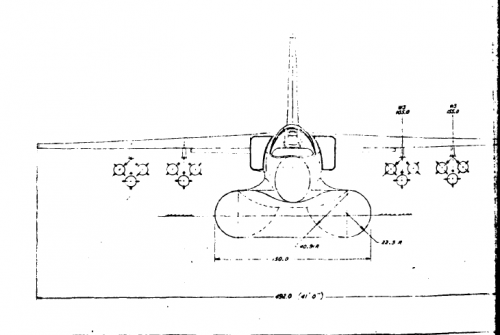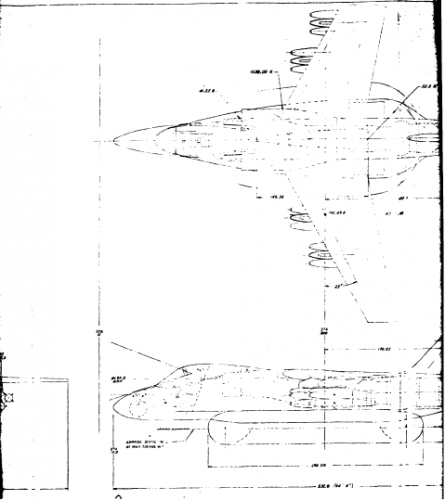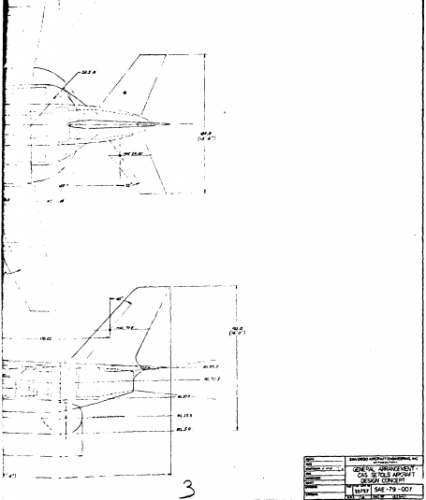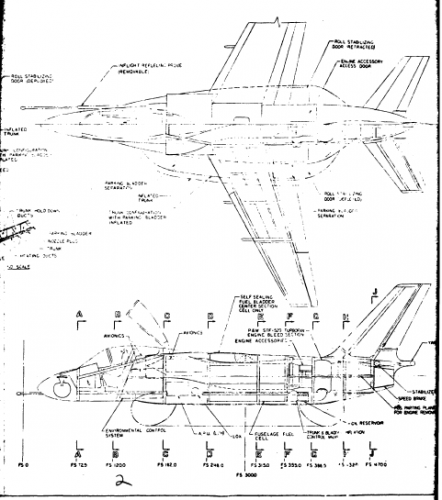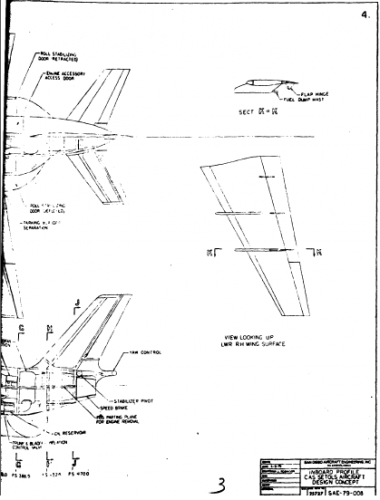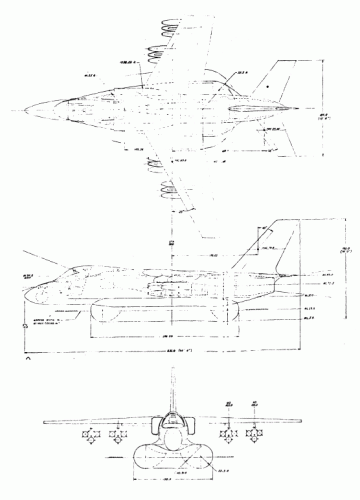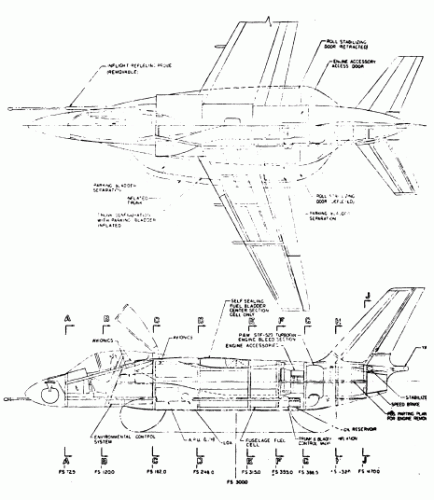You are using an out of date browser. It may not display this or other websites correctly.
You should upgrade or use an alternative browser.
You should upgrade or use an alternative browser.
San Diego Aircraft Engineering (Sandaire) Projects - Stinger / CAS SETOLS
- Thread starter Dsadow
- Start date
- Joined
- 21 May 2006
- Messages
- 2,702
- Reaction score
- 1,603
Please excuse my ignorance, but who was this San Diego Aircraft Engineering (Sandaire)?
Was it a subsidertary of Convair?
I would love to see more drawings/models/art work of this 'Stinger' design if anyone has them please!
Regards
Pioneer
Edit: Also see http://www.secretprojects.co.uk/forum/index.php/topic,9298.0.html
Was it a subsidertary of Convair?
I would love to see more drawings/models/art work of this 'Stinger' design if anyone has them please!
Regards
Pioneer
Edit: Also see http://www.secretprojects.co.uk/forum/index.php/topic,9298.0.html
- Joined
- 27 December 2005
- Messages
- 16,413
- Reaction score
- 18,934
Pioneer said:Please excuse my ignorance, but who was this San Diego Aircraft Engineering (Sandaire)?
Was it a subsidertary of Convair?
I would love to see more drawings/models/art work of this 'Stinger' design if anyone has them please!
Regards
Pioneer
FRANK WOLFE FINK
1905-1974
Distinguished Engineer
Born Philadelphia, Pa. January 13, 1905. His career in the aerospace industry began with the Curtiss Aeroplane and Motor Company. He joined Consolidated Aircraft in 1935 and was Project Engineer on the PBY Flying boat. He became known as the "Father of the B-24 Liberator Bomber" of WWII fame for his leadership in its development and high rate of production. He was Chief Engineer on the Convair 240 series transport and such famous advanced aircraft as the XFY-1 VTOL Pogo Stick, the XF2Y-1 Sea Dart water-based fighter, and many others including the early missile and electronics programs. Joined Ryan Aeronautical Company 1955 as vice president research engineering and pioneered new approaches to vertical takeoff aircraft. In 1965 formed his own company, San Diego Aircraft Engineering, Inc. (SANDAIRE) to do engineering/consulting for the aerospace industry and the government.
Last edited:
- Joined
- 26 May 2006
- Messages
- 32,630
- Reaction score
- 11,790
Hi,
the San Diego Aircraft Engineering Inc. designed a CTOL close-air-support aircraft
project in 1979,used the SETOL (Surface Effect Takeoff and Landing System).
Who can collect the pieces ?.
the San Diego Aircraft Engineering Inc. designed a CTOL close-air-support aircraft
project in 1979,used the SETOL (Surface Effect Takeoff and Landing System).
Who can collect the pieces ?.
Attachments
- Joined
- 25 June 2009
- Messages
- 13,714
- Reaction score
- 2,877
Founder of Sandaire was Frank Wolfe Fink:
The CAS SETOLS was derived from the Sandaire Stinger, a V/STOL design submitted in the U.S. Navy's Sea Control Ship (SCS) fighter competition circa 1973. We have a topic about that competition here: http://www.secretprojects.co.uk/forum/index.php/topic,15477.0
A most interesting source for the CAS SETOLS project and how it was derived from the Stinger is the book The Pentagon Paradox: The Development of the F-18 Hornet:
Here is also the abstract from a 1979 report on the CAS SETOLS:
Attached are the "collected pieces", as requested by hesham...
Source: http://www.letsgoseeit.com/index/county/sd/san_diego/loc11/hallfame/row11/096/fink.htmFRANK WOLFE FINK
1905-1974
Distinguished Engineer
Born Philadelphia, Pa. January 13, 1905. His career in the aerospace industry began with the Curtiss Aeroplane and Motor Company. He joined Consolidated Aircraft in 1935 and was Project Engineer on the PBY Flying boat. He became known as the "Father of the B-24 Liberator Bomber" of WWII fame for his leadership in its development and high rate of production. He was Chief Engineer on the Convair 240 series transport and such famous advanced aircraft as the XFY-1 VTOL Pogo Stick, the XF2Y-1 Sea Dart water-based fighter, and many others including the early missile and electronics programs. Joined Ryan Aeronautical Company 1955 as vice president research engineering and pioneered new approaches to veritcal takeoff aircraft. In 1965 formed his own company, San Diego Aircraft Engineering, Inc. (SANDAIRE) to do engineering/consulting for the aerospace industry and the government.
Elected to the International Aerospace Hall of Fame 1968
The CAS SETOLS was derived from the Sandaire Stinger, a V/STOL design submitted in the U.S. Navy's Sea Control Ship (SCS) fighter competition circa 1973. We have a topic about that competition here: http://www.secretprojects.co.uk/forum/index.php/topic,15477.0
A most interesting source for the CAS SETOLS project and how it was derived from the Stinger is the book The Pentagon Paradox: The Development of the F-18 Hornet:
Source: https://books.google.fr/books?id=Lmm5NwAACAAJ&dq=%22Sandaire%22+%22Aircraft%22&hl=fr&sa=X&ved=0CCcQ6AEwAWoVChMIrYDIgOmoxwIVC1YaCh2_ZgheThe Stinger from San Diego Aircraft Engineering (Sandaire) was the lightest; it weighed 17,377 pounds. LTV's V-517 weighed 19,950 pounds. The Grumman heavyweight weighed in at a hefty 37,353 pounds and lacked vertical takeoff ability. As most of the designs were significantly below the gross weights of contemporary aircraft, they could easily be defined as lightweight fighters.
O'Rourke gave Sandaire some desired characteristics. He asked if the company could meet his design with an airplane using the YJ101 engine. It could not. Sandaire took the basic design of its v/stol submission and used a single engine in it, without the lift engines that were in its Stinger design (For a comparison of O'Rourke's and Sandaire's characteristics see table 7-1.) Whereas Vietnam showed that the top speeds above Mach 2 were useless, the air war showed that a supersonic cruise was a desirable trait. O'Rourke's desire for the ability to cruise in intermediate power (without afterburner) at Mach 1.6 reflects this experience. One can only speculate what the Navy Fighter Study group would have done if the Sandaire report had shown that it could meet the desired characteristics. Most likely the report would have been suppressed. After all, the purpose of the group was to defend the F-14, not create competition for it. The Sandaire design was not elevated to the level of the project created by the Naval Air Systems Command. Ernie Waller and Bob Thompson came closer to pushing their lightweight fighters into the Navy system.
Here is also the abstract from a 1979 report on the CAS SETOLS:
Source: https://books.google.fr/books?id=Lmm5NwAACAAJA conceptual design of a CTOL SETOLS CAS aircraft has been developed. The significant design feature is the use of a Surface Effect Takeoff and Landing System (SETOLS) in lieu of a normal landing gear. The SETOLS is an integral part of the point design, thereby achieving full design compatibility. This feature provides takeoff and landing capability, on the inflated rubber fabric type trunk installed on the bottom of the fuselage, from any unobstructed area such as water, grass, soil, etc. Effective operation is thereby achieved with a Conventional Takeoff and Landing (CTOL) aircraft design in the Close Air Support (CAS) mission from forward bases where time prevents construction and repair of long, hard surface runways. Advanced state-of-the-art design, appropriate for 1995 IOC, has been incorporated. One advanced technology Pratt & Whitney STF 529 turbofan is used for propulsion and trunk pressurization. (Author).
Attached are the "collected pieces", as requested by hesham...
Attachments
Riverghost
I really should change my personal text
- Joined
- 8 July 2015
- Messages
- 22
- Reaction score
- 2
Whoever collated together all these answers great work! I spent a good bit of my weekend evenings reading through the Sandaire proposal. One thing that kept not quite 'clicking' for me was i couldn't understand whether this was producing a 'skirt' or inflating a 'tube' upon which would act as a landing skid....., also how you would keep it inflated whilst transitioning from forward to full reverse thrust upon landing seems like a bit of a problem!
Im trying to look at ways to produce novel UAV designs (the russian WIG UAVs were interesting) and im wondering if youd be able to acheive the same function with an electrically ducted fan / naturally buoyant chassis.
Did Sandaire produce any other interesting concepts/designs/prototypes? The name doesnt seem to bring about much answers when googled!
Im trying to look at ways to produce novel UAV designs (the russian WIG UAVs were interesting) and im wondering if youd be able to acheive the same function with an electrically ducted fan / naturally buoyant chassis.
Did Sandaire produce any other interesting concepts/designs/prototypes? The name doesnt seem to bring about much answers when googled!
- Joined
- 26 May 2006
- Messages
- 32,630
- Reaction score
- 11,790
Riverghost said:Did Sandaire produce any other interesting concepts/designs/prototypes? The name doesnt seem to bring about much answers when googled!
As I know.yes.
Riverghost
I really should change my personal text
- Joined
- 8 July 2015
- Messages
- 22
- Reaction score
- 2
hesham said:As I know.yes.
Did this idea get applied to any other projects (this skirt concept) - i must say i am thoroughly intrigued, but would imagine it wouldn't be good for directional stability upon take-off/landing
- Joined
- 26 May 2006
- Messages
- 32,630
- Reaction score
- 11,790
Riverghost said:Did this idea get applied to any other projects (this skirt concept) - i must say i am thoroughly intrigued, but would imagine it wouldn't be good for directional stability upon take-off/landing
I agree with you,the CTOL system is not good as STOVL.
- Joined
- 9 October 2009
- Messages
- 19,771
- Reaction score
- 10,218
- Joined
- 27 December 2005
- Messages
- 16,413
- Reaction score
- 18,934
James Elwood Fink, son of Frank Wolfe Fink, and previously Program Manager for the Convair Charger, joined his father at Sandaire
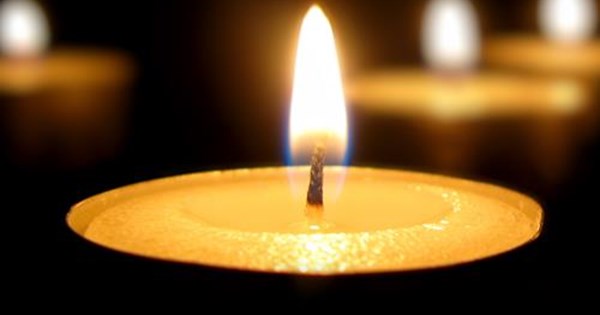
He started his career at North American Corporation in Los Angeles and shortly thereafter, moved to San Diego to work for Ryan Aeronautical. He was the program manager for the Convair Model 48 CHARGER, also known as the COIN project at General Dynamics Convair starting in 1964. He held several other management positions in the industry before going to work for his father at San Diego Aircraft Engineering (SANDAIRE). He became the president of the company in 1974.
James Elwood Fink Obituary (2008) San Diego Union-Tribune
View James Elwood Fink's obituary, send flowers and sign the guestbook.
www.legacy.com
- Joined
- 27 December 2005
- Messages
- 16,413
- Reaction score
- 18,934
Sandaire also conducted a study into Air Cushion landing for RPVs.


AW&ST 22 Jan 1973
Air Force Investigates Air Cushion RPVs
USAF is modifying an Australian-built Jindivik drone in its search for a more-efficient recovery system
By Edward H. Kolcum
Miami Beach—U. S. Air Force is modifying an Australian Jindivik remotely piloted vehicle (RPV) with an air cushion landing system (ACLS) to determine if ACLS can overcome the inherently inefficient devices now used for RPV recovery. Full-scale ground tests of the ACLS Jindivik will begin this year leading to flight tests in 1975. Simultaneously, work will be under way by the Air Force Flight Dynamics
Laboratory to design an RPV from the start for ACLS. Details of the Jindivik program and several other applications of air cushions to the RPV were discussed at a recent ACLS symposium here sponsored by the University of Tennessee Space Institute and the Flight Dynamics Lab. At this point, ACLS for RPV is focused on the Jindivik based on studies made by Sandaire (San Diego Aircraft Engineering).
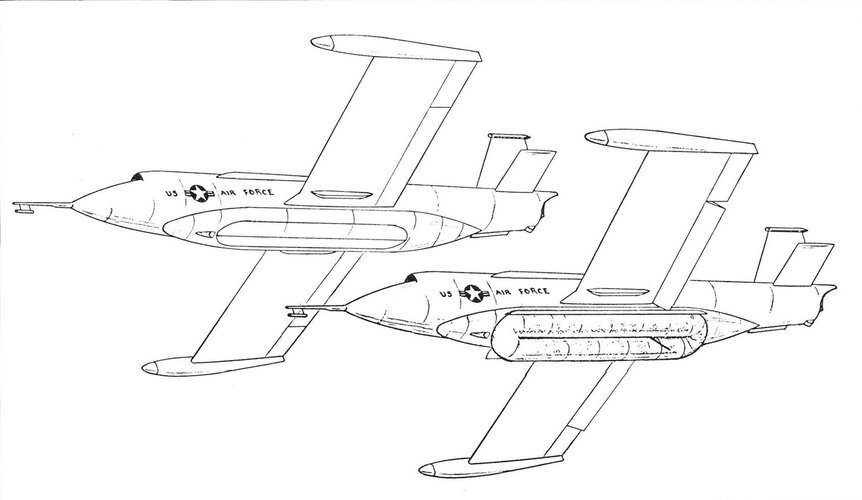
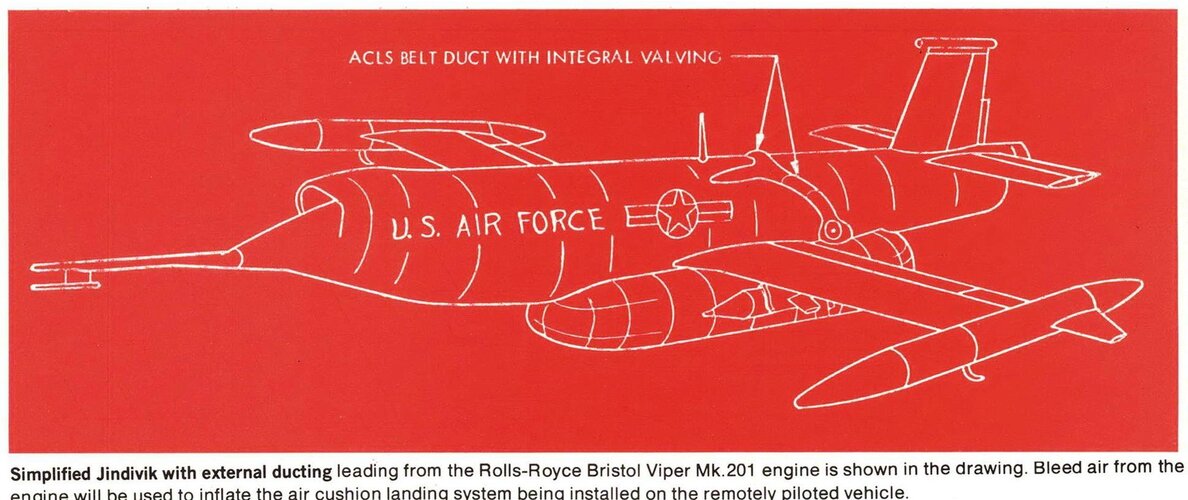
AW&ST 22 Jan 1973
Similar threads
-
REQUIREMENT: US Navy VFA - V/STOL Fighters for Sea Control Ships
- Started by overscan (PaulMM)
- Replies: 5
-
Canadair/General Dynamics CL-84 Projects
- Started by overscan (PaulMM)
- Replies: 110
-
-
Thieblot Aircraft Engineering Company
- Started by Maveric
- Replies: 16
-

